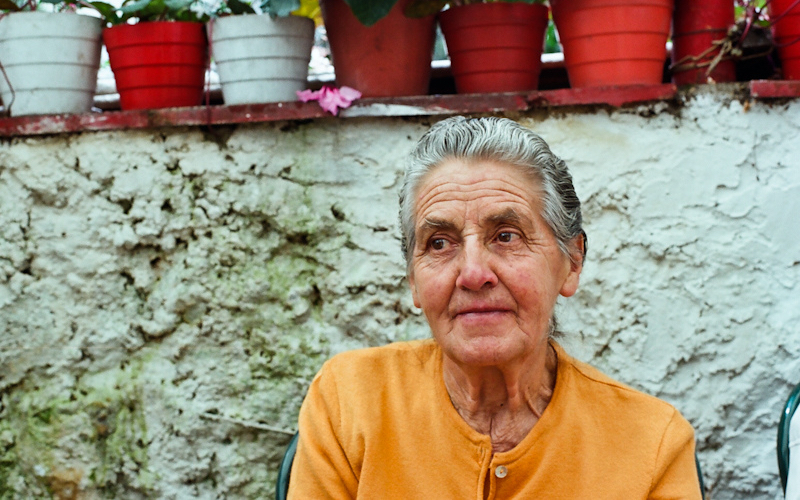
Colombianas: Gender Roles in the Land of Shakira
From the pre-colonial era to the present Colombian women have played an important role in their country despite having experienced institutional and cultural impediments. The status that women have achieved correlates with different eras of the country, from the indigenous era, to the colonial era, to the globalized era we live in today.
As the population has increased and contraceptive technology has improved, devoutly Catholic Colombia has also wrestled with issues of reproductive rights.
Colombian women from the colonial period onwards have faced difficulties in political representation. Women didn’t receive suffrage until August 25th of 1954. Only four other Latin American nations enacted universal suffrage later. Colombia remains only one of five South American countries that has never elected a female head of state. Women currently only fill 12% of all political positions in Colombia.
A big part of the problem today results from the remnants of the Macheta culture. Many men and some women see only men as being suitable for positions of power. They assert that a woman should limit her sphere of influence to the home.
Due to the decades-long warfare in Colombia, countless mothers and fathers have been killed. 200,000-300,000 people died during La Violencia, 1948-1958. (La Violencia in Colombia) An estimated 31,000 people have died as a result of the government and its affiliated militias’ ongoing war on the FARC and almost half a million have died due to the war with the drug cartels since 1990. This perpetual turmoil has also led to the displacement of 3,940,000 people. Thus, Colombia is by far the home to the most refugees in the world, with the Democratic Republic of the Congo coming in a distant second. This has led to the tearing apart of families.
There are currently an estimated 580,000 orphans in Colombia, over 1% of Colombia’s entire population. This daunting demographic dwarfs those of all but a handful of large nations in Asia and Africa, as well as Brazil. Colombia used to be the 4th largest source of foreign children adopted by American families until it banned adoptions by non-Colombians of non-handicapped children under 7 years of age in 2013.
Countless gamines, or street children, dig through garbage for food, pickpocket, become drug runners for the cartels, sniff glue to drown their misery and sleep out in the open or in abandoned buildings. 60% of girl orphans will resort to prostitution, with the kidnappings and selling of the girls into sexual slavery by their parents being common. 70% of boys will become full-time criminals. Rural orphans are sometimes conscripted into local militias. With the new restrictions on adoptions and the expanding population, the plight of Colombian orphans will continue for some time.
Women have undergone huge shifts throughout their history in South America’s second largest country. From matrilineal and matriarchal indigenous societies to the Spanish colonialists’ macheta culture to the pro-feminist tide of globalization, Colombians are now poised to approach gender equality in the medium to long term future. However, they still face some significant obstacles in chauvinistic attitudes, sex education, abortion rights, contraceptives adaption, political representation and family stability. Countless children orphaned by civil strife still yearn for a safe and loving home. However, Colombia’s women will continue to fight for and win ground, por la amor de patria.

